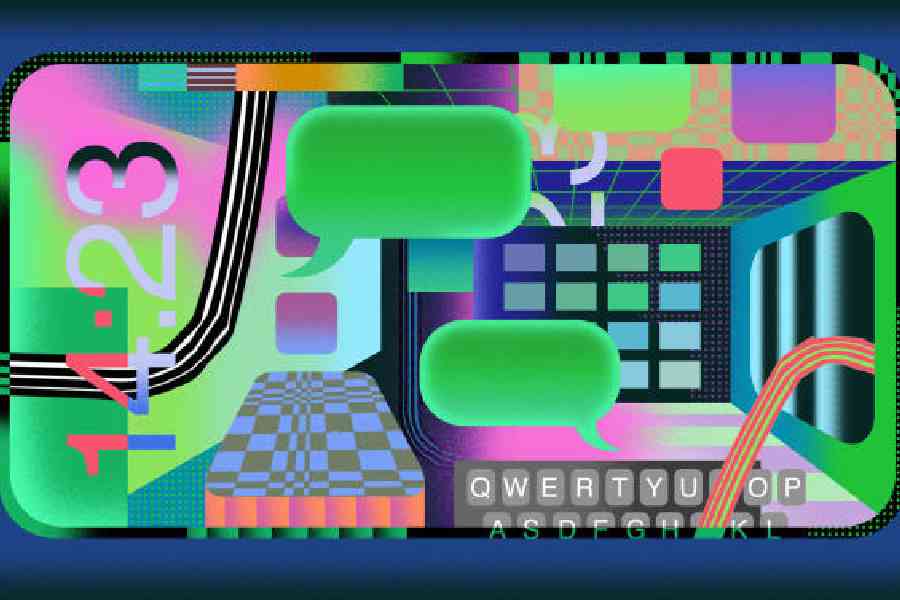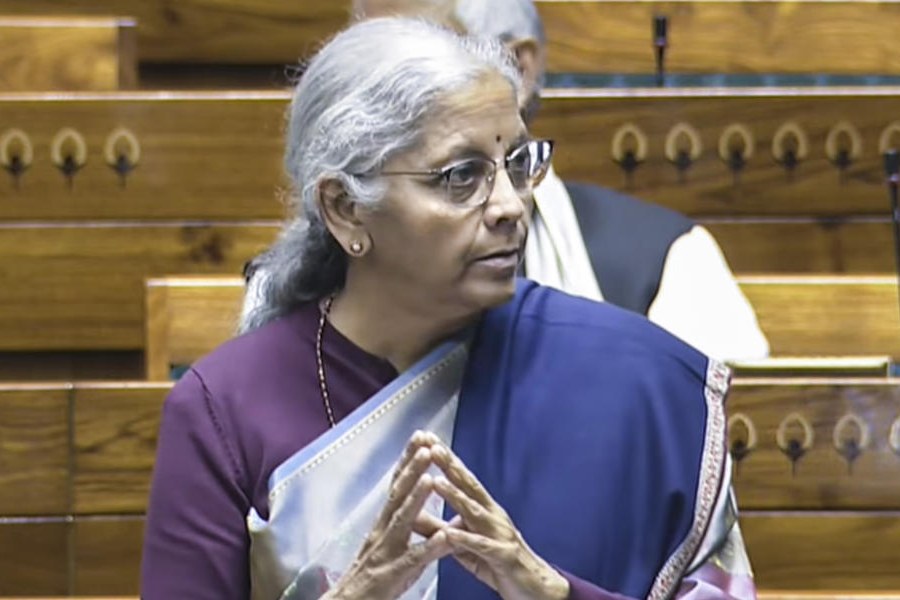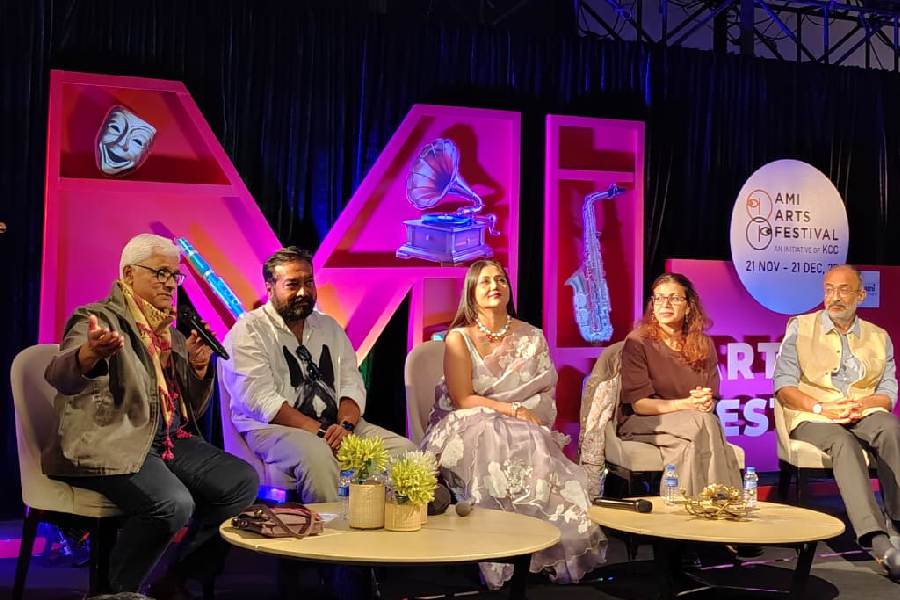When I temporarily switched from an iPhone to an Android phone, I was bracing for a world of hurt. I’ve owned only Apple phones ever since buying the first-generation iPhone in 2007. And, like many, I’ve bought other Apple products that pair nicely, including AirPods, an Apple Watch and an iPad.
That type of loyalty is the basis of an antitrust case against Apple brought by the US Justice Department, which has accused the company of using monopolistic control over the iPhone to harm competitors and deter customers from switching to other phones.
I was initially surprised by how simple it was to shift my iPhone data to an Android smartphone. Just by installing an app on my iPhone that Google made to help people switch, I was able to copy my contacts list, photo album and calendar. I called my carrier to transfer my phone number to the Android device, and I was done.
But by Day 6, I was ready to switch back.
Even though I could still use most of my Apple products, I started missing my Apple Watch, which requires an iPhone to fully work. For software, I was able to find Android alternatives for all my favourite apps — except for Notes. While switching phones wasn’t technically hard, Apple’s hooks were still in me.
Losing iMessage
For the most part, iPhone users and Android users can communicate with each other easily through email, phone calls and apps such as Slack, but when it comes to text messaging, there is still an obvious split known as the “green bubble versus blue bubble” disparity.
When iPhone users send texts to other iPhones, the messages appear blue and can tap into exclusive perks such as an animation of birthday confetti. But if an iPhone user texts an Android user, the bubble turns green, many features break, and photos and videos deteriorate in quality.
Before transferring my phone number to the Pixel phone, I used my iPhone to send iMessages to my blue bubble comrades warning them that our conversations would soon turn green. “Ew!” a friend replied. But after many remarks made in jest, no one protested.
Next, I had to detach my phone number from iMessage on Apple’s website to ensure that my text messages would stop going through Apple’s servers and arrive on my phone. Unless I did this, I would not receive texts from other iPhones. Eventually, the conversations turned green. Many friends stopped texting me photos, perhaps because they knew the images would no longer look as good.
Losing Apple Wallet
For iPhones, the go-to app for making mobile payments in stores is Apple Wallet, and for Android users, the equivalent app is Google Wallet. The experience of using each wallet app was identical.
The Justice Department’s criticism of Apple Wallet centres on how Apple gives only its app access to the iPhone’s payment chip, preventing competing wallet services from using that chip to make payments. But the way Apple designed its Wallet app had no impact on my ability to switch to an Android.

Watch, etc. gone
For an iPhone owner, a main incentive to buy more Apple products is that they work seamlessly together. In theory, the more invested you are in Apple’s ecosystem — and the more that Apple restricts its products from working with competing devices, the Justice Department says — the tougher it is to switch from an iPhone.
After I switched to an Android phone, my feelings about using other Apple products ranged from moderate annoyance to deep frustration.
The iPad worked independently from the iPhone, but I could no longer see my text messages on the tablet. This was minor because I don’t do much texting on
my iPad.
My AirPods Pro were OK — they connected quickly with the Pixel for playing music. But the downside is that the AirPods use Adaptive EQ, a technology that tunes sound quality to the shape of your ear, and it works only with software on the iPhone. So audio doesn’t sound as good.
I ran into other annoyances not specifically called out in the lawsuit and finally reached peak frustration when I tried to find a replacement for Apple’s Notes, which I use regularly on my Mac, iPad and phone. I used alternatives but didn’t like them, and combined with the aforementioned issues, it was all too much.
My experience isn’t universal. Some people would care more than others about how certain Apple products would change if they switched phones.
The upshot from this experiment is that while it’s not technically difficult to switch to a different phone, there are plenty of things that could make you regret it.
NYTNS










